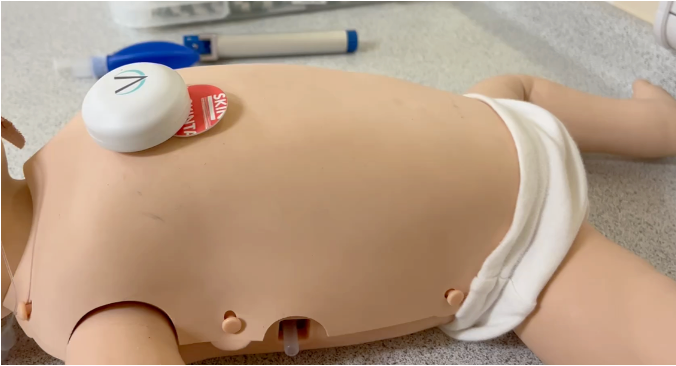Bradford migrates data to BridgeHead VNA
- 7 April 2015

Bradford Teaching Hospitals NHS Foundation Trust has migrated 1.7 million radiology studies to a vendor neutral archive after signing a five-year contract with BridgeHead Software.
Bradford was previously using an Agfa picture and archiving communications system supplied by Accenture, the local service provider under the National Programme for IT.
When the NPfIT contract was due to end, the trust opted for a short-term tactical extension of the Agfa PACS, and decided to migrate the data from the Accenture central data store to the new VNA.
Ian White, Bradford’s integration project manager, said that the decision to migrate the data to a VNA rather than to the proprietary-format PACS was difficult but will give it greater flexibility.
“We weighed it up and the trust decided it wanted to go down a strategic route, which means that we've now got our data stored in true DICOM format. We're disengaged from any particular supplier, and we have the option in the future to be able to switch application provider.”
Cindy Fedell, the trust’s director of informatics, said Bradford had chosen BridgeHead to supply the VNA partly because of its partnership with Dell, which has provided an enterprise-wide data storage infrastructure.
Fedell said the trust also believed BridgeHead understood the challenges of a data migration, having carried out the same process for Gateshead Health NHS Foundation Trust.
“We were after someone who had done a similar project before and understood the scale of what they were taking on.”
The trust completed the migration of 126 million DICOM images (amounting to 27 terabytes of data) from the CDS in December last year, working with BridgeHead, Accenture, Agfa and Dell.
The new VNA is spread across two data centres and all data is mirrored. The trust has three working copies of the data, two live copies and a backup, so any data errors are not replicated.
While the images are now stored in the VNA, clinicians access them through the Agfa PACS. White said nothing has changed from the clinicians’ point of view aside from the speed of retrieval.
“The timescales for retrieving are substantially quicker than they have been in the past. When they were in the CDS, you could be waiting a number of minutes for a study to come back.”
Bradford intends to extend the use of its VNA to include images from other disciplines. It will begin by migrating its cardiology images from a GE Healthcare archive to the VNA, but it is also looking at bringing in images from ophthalmology, pathology and other disciplines.
White said that the trust would also consider using the VNA to store non-image data.
The success of such a large migration was partly down to strong direction from management, the ability of the commercial partners to work together and the adoption of a well-thought out plan, he said.
“We knew that moving at speed was critical. You've got to have a clear strategy for what you do in terms of bringing back in-house any images that are stored externally or archived in secure environments.”




